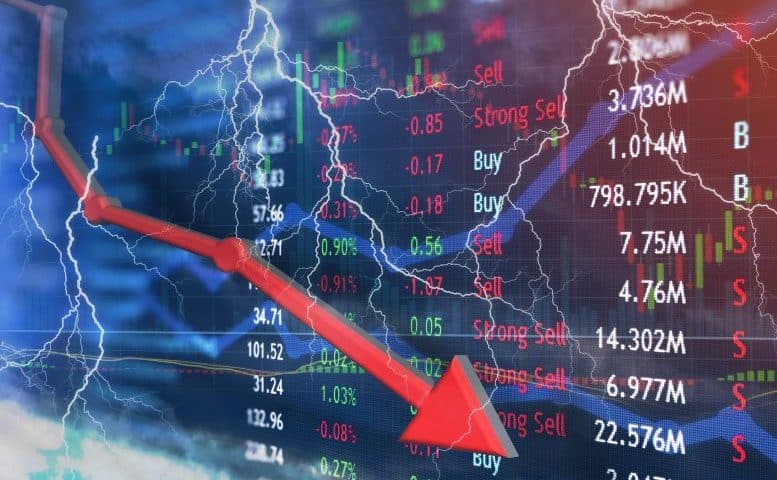Is This Biotech Sector Being Overlooked?
Once in a while a sector in a sector (Sub-sector) gets ignored. This can happen for a variety of reasons, but usually it’s because of World events and market activity thatis taking all the attention away.
This can sometimes present us with some very interesting opportunities within these sub-sectors, and it’s situations like this we like to look at.
The best part about these types of situations, is that 9 times out of 10 it’s only a matter of time until these sub-sectors catch up, and if we can dig out some solid looking companies before they get caught up with, it can result in good buying opportunities.
If you’re interested in hearing about some of the companies we look at in this space, then simply enter your email in the box provided below, and we will email you once we’ve concluded assembling the information we’ve found.
Nothing in this publication should be considered as personalized financial advice. We are not licensed under securities laws to address your particular financial situation. No communication by our employees to you should be deemed as personalized financial advice. Please consult a licensed financial advisor before making any investment decision. We hold no investment licenses and are thus neither licensed nor qualified to provide investment advice. The content in this report or email is not provided to any individual with a view toward their individual circumstances. Biotech Insider is a wholly-owned subsidiary of Market IQ Media Group, Inc. (“MIQ”). Individuals are strongly encouraged to not use this publication as the basis for any investment decision.
While all information is believed to be reliable, it is not guaranteed by us to be accurate. Individuals should assume that all information contained in any of our reports is not trustworthy unless verified by their own independent research. Also, because events and circumstances frequently do not occur as expected, there will likely be differences between the any predictions and actual results. Always consult a licensed investment professional before making any investment decision. Be extremely careful, investing in securities carries a high degree of risk; you may likely lose some or all of the investment.




















